
cd_nom
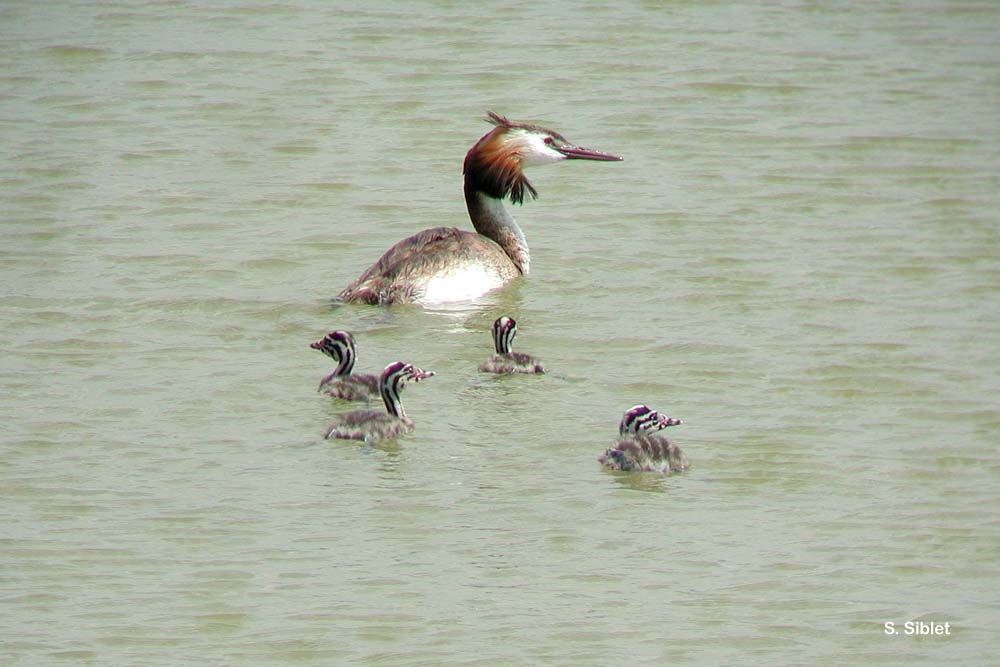
| Author : S. Siblet |
 |
To get the picture, please visit:
Sébastien SIBLET c/o Jean-Philippe SIBLET
Muséum national d'Histoire naturelle - Service du Patrimoine Naturel
36 rue Geoffroy Saint-Hilaire
CP 41
75 231 PARIS CEDEX 05
e-mail : inpn@mnhn.fr
Despite the Creative Commons license, please inform the author of the use which will be made of his photo

| Author : S. Wroza |
 |
Despite the Creative Commons license, please inform the author of the use which will be made of his photo
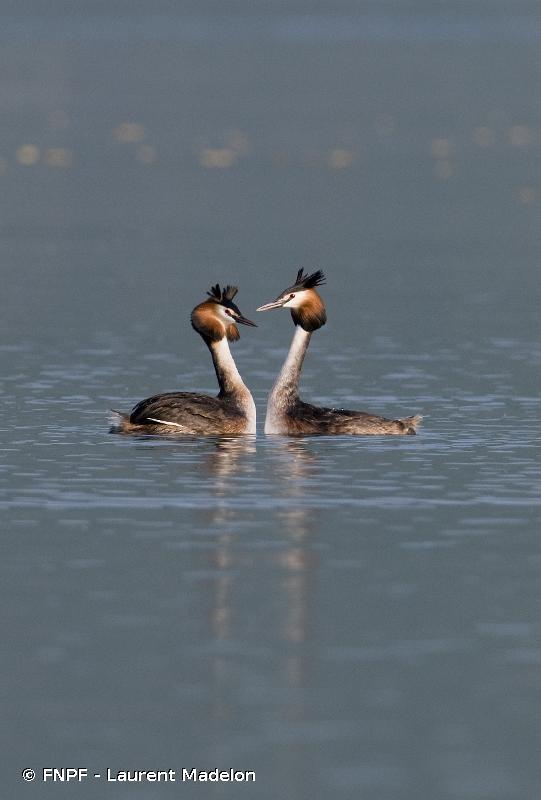
| Author : FNPF - Laurent Madelon |
 |
To get the picture, please visit:
Laurent Madelon
Fédération Nationale de la Pêche en France et de la protection du milieu aquatique
inpn@mnhn.fr
Despite the Creative Commons license, please inform the author of the use which will be made of his photo
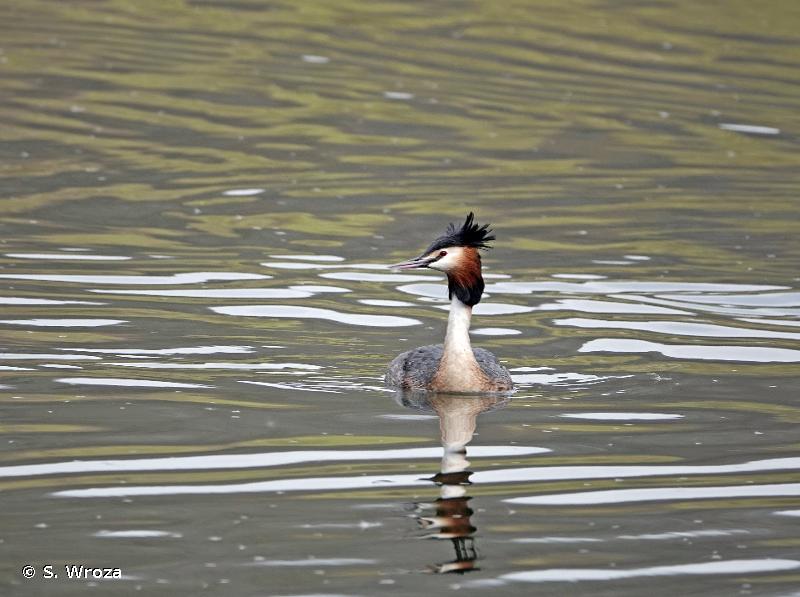
| Author : S. Wroza |
 |
Despite the Creative Commons license, please inform the author of the use which will be made of his photo

| Author : S. Wroza |
 |
Despite the Creative Commons license, please inform the author of the use which will be made of his photo
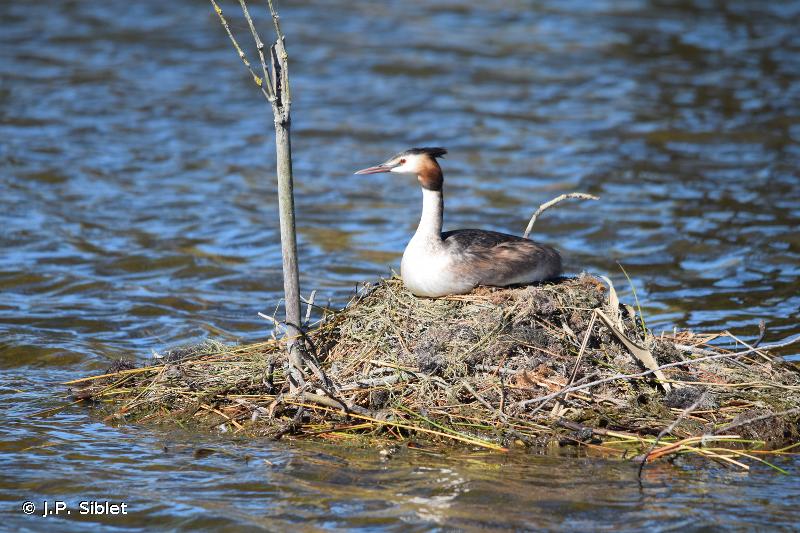
| Author : J.P. Siblet |
 |
To get the picture, please visit:
Jean-Philippe SIBLET
Muséum national d'Histoire naturelle - Service du Patrimoine Naturel
36 rue Geoffroy Saint-Hilaire
CP 41
75 231 PARIS CEDEX 05
e-mail : inpn@mnhn.fr
Despite the Creative Commons license, please inform the author of the use which will be made of his photo
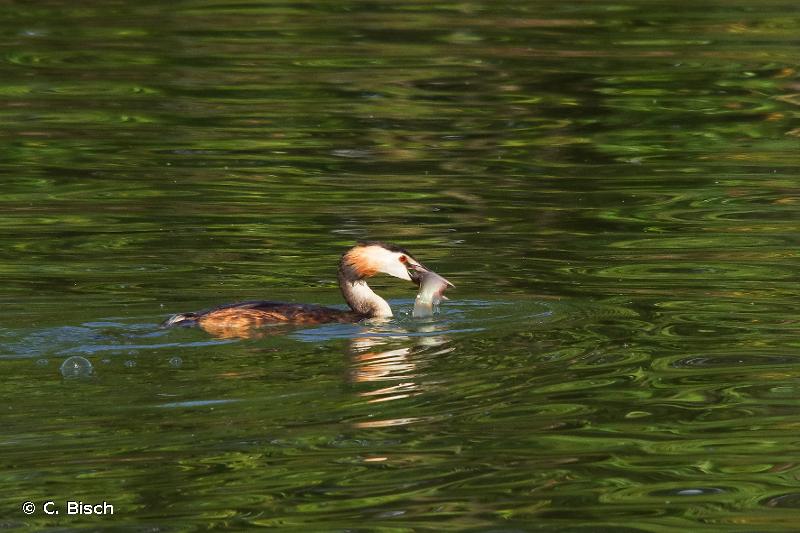
| Author : C. Bisch |
 |
To get the picture, please visit:
Claude Bisch
email : inpn@mnhn.fr
Despite the Creative Commons license, please inform the author of the use which will be made of his photo
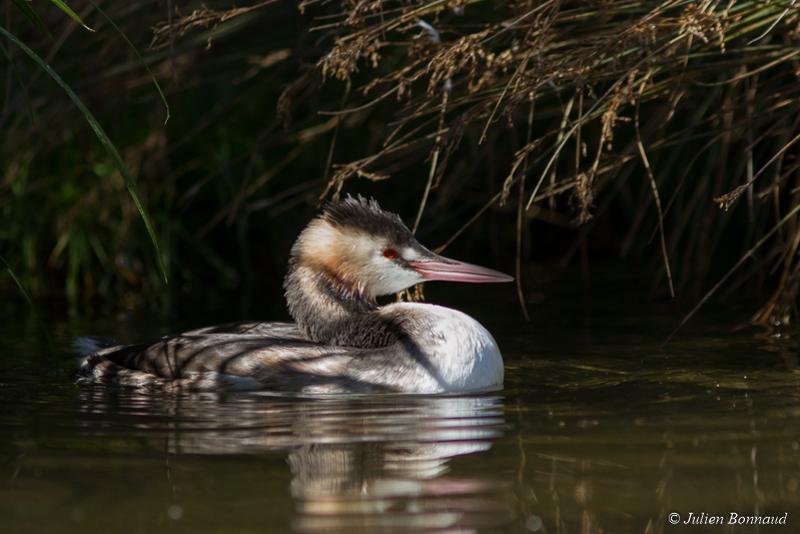
 |
To get the picture, please visit:
Julien Bonnaud
email : inpn@mnhn.fr
Any reuse of one or more photographs on this site is subject to an authorization request from the author.
Link to the Code of Intellectual Property (Legifrance)
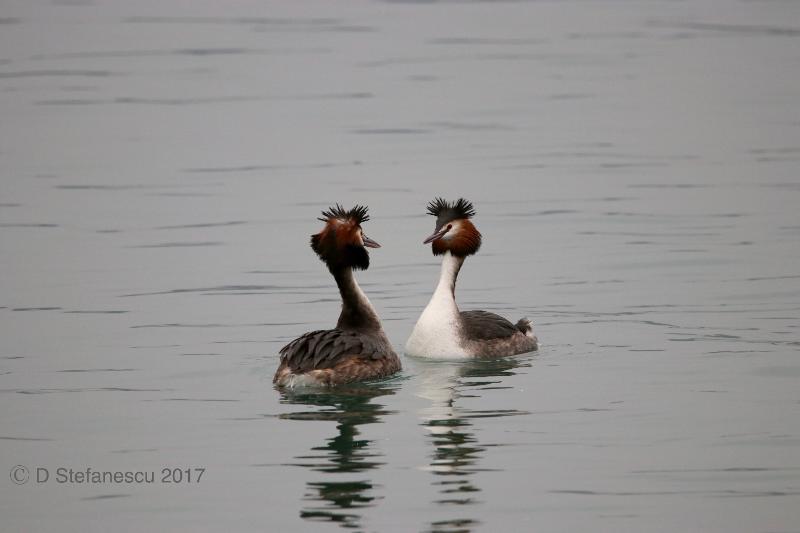
| Author : D. Stefanescu |
 |
To get the picture, please visit:
Dan Stefanescu
email : inpn@mnhn.fr
Legend: Parade nuptiale
Any reuse of one or more photographs on this site is subject to an authorization request from the author.
Link to the Code of Intellectual Property (Legifrance)
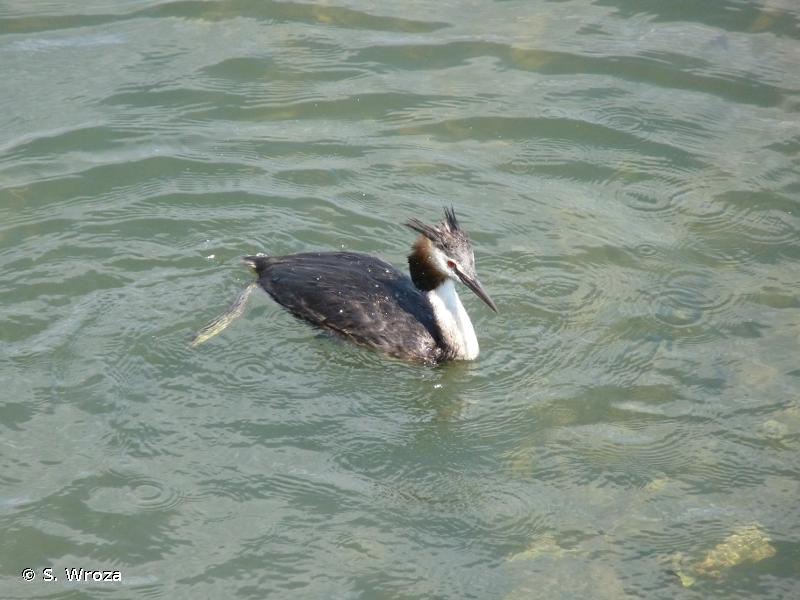
| Author : S. Wroza |
 |
Despite the Creative Commons license, please inform the author of the use which will be made of his photo
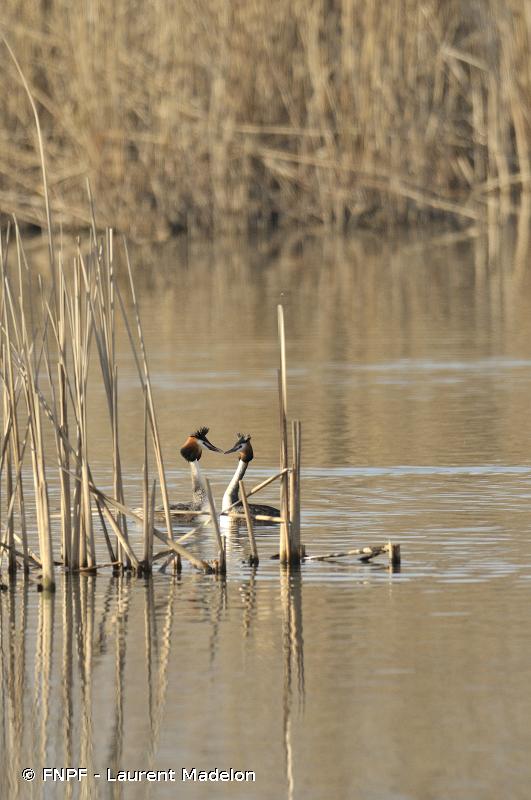
| Author : FNPF - Laurent Madelon |
 |
To get the picture, please visit:
Laurent Madelon
Fédération Nationale de la Pêche en France et de la protection du milieu aquatique
inpn@mnhn.fr
Despite the Creative Commons license, please inform the author of the use which will be made of his photo

| Author : C. de Muizon |
 |
To get the picture, please visit:
Christian de Muizon
inpn@mnhn.fr
Despite the Creative Commons license, please inform the author of the use which will be made of his photo

| Author : C. de Muizon |
 |
To get the picture, please visit:
Christian de Muizon
inpn@mnhn.fr
Despite the Creative Commons license, please inform the author of the use which will be made of his photo

| Author : C. de Muizon |
 |
To get the picture, please visit:
Christian de Muizon
inpn@mnhn.fr
Despite the Creative Commons license, please inform the author of the use which will be made of his photo
Longueur 46-51 cm, envergure 85-90 cm, poids moyen 570-810 g.
Il habite préférentiellement les eaux stagnantes, douces ou saumâtres, de profondeur comprise entre 50 cm et 5 m. Les couples apprécient les berges en pente douce, les fonds vaseux ou sableux et une végétation aquatique non flottante ou limitée aux berges.
C’est le seul grèbe européen à se nourrir essentiellement de poissons. Du printemps à l’automne, des insectes et des larves complètent l’alimentation.
Le Grèbe huppé est faiblement grégaire. En dehors de la saison de reproduction, il est souvent solitaire, notamment en pêche, mais peut former des groupes de plus de 100 individus. Il arrive par ailleurs qu’il tienne un petit territoire alimentaire au cours de l’hiver, alors que certains couples restent sur leur territoire de nidification tout au long de l’année. La formation du couple débute au cœur de l’hiver, avant le choix du site et l’occupation du territoire. Cette période d’appariement peut être longue et le couple instable, en partie du fait des compétitions pour les sites de nid. La plupart des couples se séparent lorsque les jeunes s’émancipent et que la femelle part effectuer sa mue postnuptiale partielle. Toutefois, certains se réapparient en fin d’été et restent associés jusqu’en début d’hiver, voire jusqu’à la saison de reproduction suivante. Les spectaculaires rituels aquatiques ont surtout lieu lors de la formation du couple et de la délimitation du territoire.
Le nid est généralement en pleine eau, caché au sein des roseaux ou d’autres plantes aquatiques. Il est parfois à découvert sur la berge ou sur une vasière émergente. C’est un amoncellement de végétation aquatique, flottant ou attaché à la rive. La ponte de 1 à 6 œufs (max. 9) est déposée à partir de la mi-février, plus fréquemment en avril. Les dates varient selon la disponibilité des sites et notamment selon l’émergence de la végétation aquatique flottante. L’incubation dure 4 semaines et les jeunes sont volants à l’âge de 10 ou 11 semaines. Les secondes couvées sont occasionnelles et un nouveau nid est alors construit.
Spanneut, L.(Ecosphère, Service du Patrimoine Naturel.),2008
Continental
Metropolitan France
Overseas
Marine
Metropolitan France
Overseas
The map presents a summary at the 10 x 10 km grid of the observation data for the species transmitted to the SINP. These data have been subjected to validation filters.
The map presents a reference distribution layer of the species at the scale of departments and marine sectors. The presence and absence data were established by expertise within a network of partners. This reference distribution is used in the validation process of the SINP data at the INPN level.
Corresponds to a report on the basis of at least one observation proved within a period of 10 years (20 years for little-known invertebrates) preceding the year and no presumption of extinction since obtaining the last data nor doubt on reproductive and implemented nature of this population. For migratory species, the presence indicated concerns areas of reproduction.
This status is based on one or more of the following criteria:
This point covers the absence, more difficult by nature to demonstrate than presence. This status is based on one or more of the following criteria:
This status must be assigned to a department in which the presence of the species is casual.
Particular case of absence due to a proven extinction less than a half century ago (older disappearances are treated as "no probable or definite").
In the state of knowledge, we can not comment on the presence or absence in the current department. This is the default status when not comprised in one of the previous categories or whenever there is doubt.
The map shows the global distribution of the species based on GBIF data (Global Biodiversity Information Facility).
